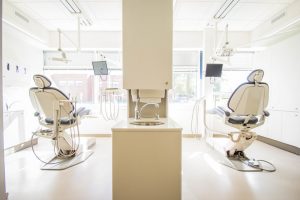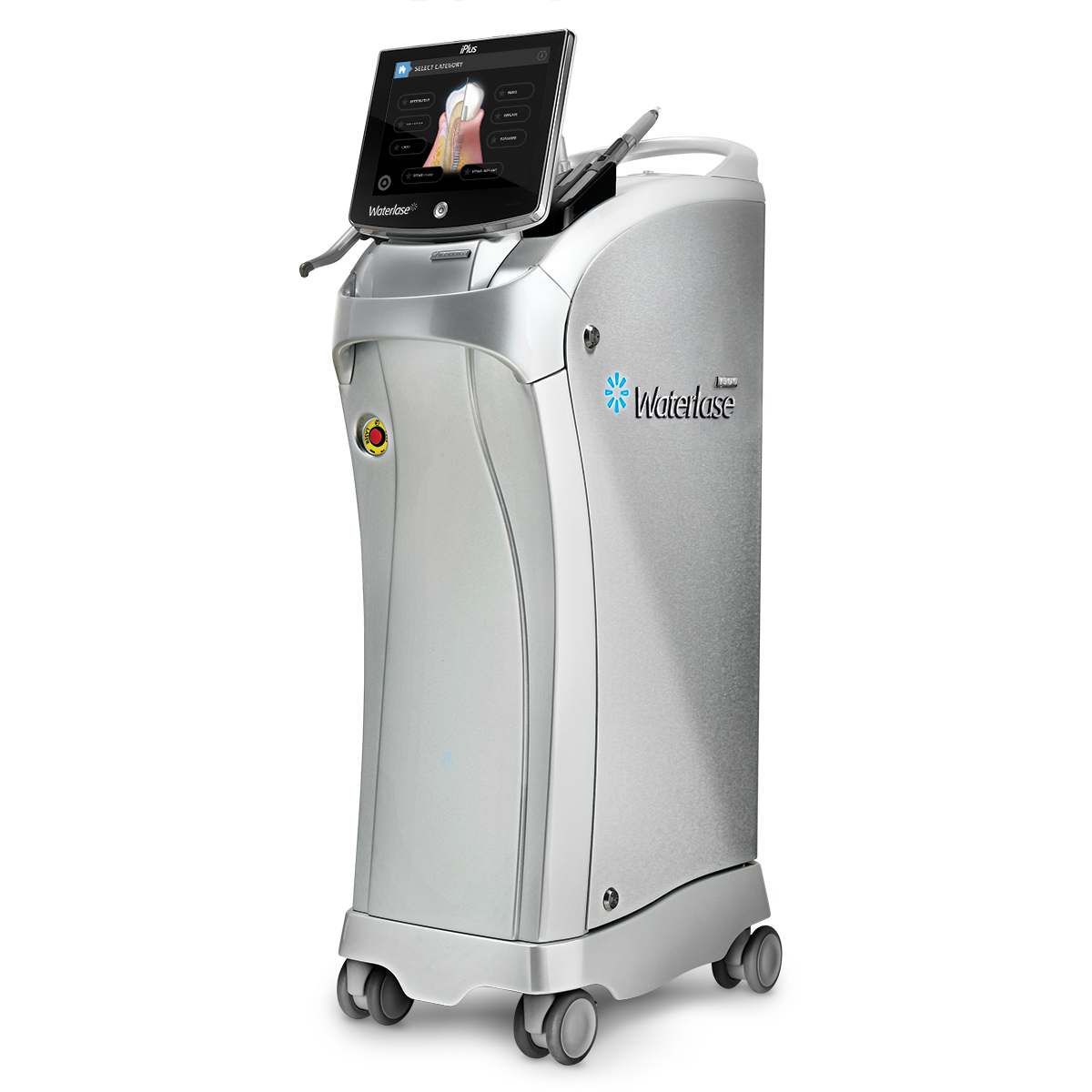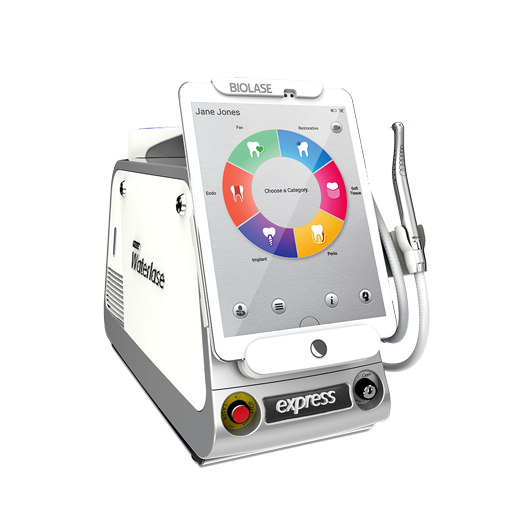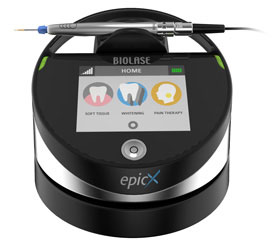Periodontal disease is a serious oral health concern that can cause a range of serious issues if left unchecked including the loss of bone around the teeth.
What is most concerning about periodontal gum disease, however, is how incredibly widespread it is – and there has been a corresponding increase in gum surgery over the past several decades.
Several years ago, for example, the Centers for Disease Control and Prevention (the CDC) estimated that one out of every two adults in the United States had periodontal disease. The study, Prevalence of Periodontitis in Adults in the United States, estimated that 47.2 percent of American adults had mild, moderate or severe periodontitis, and in adults over 65, the prevalence rates rose to 70.1 percent.
Even the mere mention of gum surgery can cause anxiety but it is important to address this oral health concern quickly and thoroughly.
Biolase has put together answers to some of the most common questions related to this periodontal procedure and provides further clarity into why maintaining good oral health is important.

How is gum disease detected?
Oral health care professionals can quickly determine if you are a candidate for gum surgery.
Periodontists and oral surgeons will typically first examine a patient’s gums to identify any signs of inflammation (caused by excessive bacteria build up, resulting in plaque, that your body is unable to fend off). Using a micro ruler called a “probe,” dentists will check for and measure any “pockets” around the teeth.
Patients will also likely be asked about their medical history – so come prepared to your dental appointment. Dentists need this information in order to identify specific conditions and risk factors (like smoking or diabetes) that may be contributing to gum disease.
What are the types of gum surgery?
There are four main types of gum surgery that are routinely performed.
The most common is known as gingival flap surgery or “pocket reduction.” In this type of gum surgery, oral surgeons fold back the gums and remove bacteria. Other types of gum surgery take the procedure much further.
A regeneration surgery, for example, inserts bone grafts, membranes and tissue-stimulating proteins to encourage gum tissue growth, while crown lengthening removes an overgrowth of gum tissue (a common form of cosmetic dentistry).
The soft tissue graft is another type of gum surgery; in this procedure, a periodontist takes a tissue sample from a patient’s mouth and attached it to the gums in order to replace the infected, diseased tissue.
Is Gum Surgery Painful?
The amount of pain that a patient experiences after their gum surgery depends on a number of factors. If no tissue is actually removed from the palate, any pain that is felt will likely be minimal. If tissue is removed from this sensitive area of the mouth as it would in a soft tissue graft procedure, however, it is common for patients to feel some discomfort for a few days.
In the past, gum surgery was quite painful for many dental patients but thanks to innovation and advancements in dental technology, patients no longer need to fear their dentist. Laser gum surgery for example, which uses light energy to identify harmful bacteria inside the gum pockets, is so gentle that there is often no bleeding and no stitches are required. Completion times for laser gum therapy surgeries are much faster on average (with only a local anesthetic required) and patients can usually stay awake the whole time.
What is the average cost of gum surgery?
It is difficult to determine an actual “average” cost for gum disease treatment as it depends greatly on the practitioner, the recommended procedure, and the severity of the infection. Gum disease treatments vary dramatically in price depending on the procedure from a few hundred dollars for root planing and scaling to several thousand dollars for a full periodontal surgery. Many insurance companies cover a portion of periodontal surgery costs.
Brush twice, floss once (or as needed) and find a dentist in your local area for your check up today!



